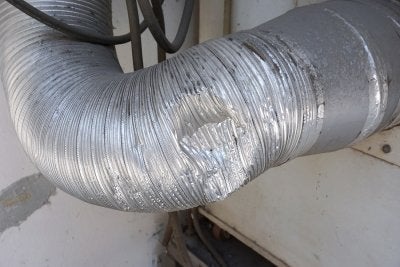When a homeowner notices that the heating or cooling bill continues to rise throughout the season, he or she should consider calling for professional duct sealing near Murfreesboro. When ductwork is insufficiently sealed, air escapes through the cracks and holes. This causes the air conditioner or heater to work harder and the energy bills to rise. If a certified HVAC company comes out to inspect the ductwork, clean it, and seal it, then the systems will not need to work as hard and the home will feel more comfortable. 
Inspect the Entire Duct System
An HVAC contractor will come in and inspect the entire duct system. This inspection will include the attic, basement, garage, crawlspace, and any other areas that may need to be insulated. Throughout this process, the contractor will note any uninsulated areas, holes, and other potential areas of concern.
Repair and Correct Damaged Ducts
After the inspection, the contractor will repair any damaged ductwork. Damages may include twisted or tangled ducts. Some ductwork may even be crushed. Typically, these ducts are made of flexible materials and are easily corrected and reconnected to the duct system.
Seal Leaky Ducts
There are a few different materials an HVAC contractor will use to seal leaky ducts against escaping air. Commonly, contractors will use either metal tape, aerosol-based sealants, or a resin adhesive known as mastic. Any of these materials will effectively seal any holes or improper connections in the ductwork.
Insulate as Needed
After the duct sealing process, the HVAC contractor may add insulation or advise the homeowner to add insulation in certain areas. By insulating empty areas around the ducts, this will help keep air flow consistent through the ductwork and prevent air from escaping.
Ensure Improved Air Flow
Once the process is complete, the contractor will evaluate the air flow to ensure the process was a success. He will also inspect the heating system to ensure there is no backdraft of gas or oil coming through the ductwork.

